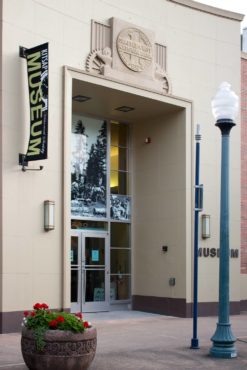 To really understand a place, take a look at its past. Knowing what things were like a century or two ago gives us clues to how we got to where we are today.
To really understand a place, take a look at its past. Knowing what things were like a century or two ago gives us clues to how we got to where we are today.
A trip to the Kitsap History Museum in downtown Bremerton can teach us a lot about Kitsap County’s rich history.
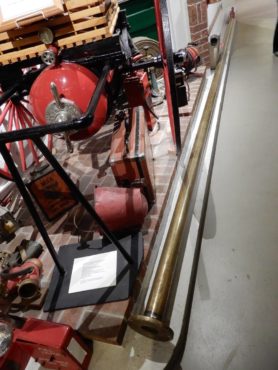
According to Executive Director Amber Buell, the museum’s mission is to collect, preserve and exhibit the diverse culture, heritage and history of Kitsap County.
The museum itself has an interesting history. In 1948, the Kitsap County Historical Society established it as the county’s largest repository of objects, documents, records, photographs and other memorabilia. Today, there are more than 50,000 archival objects in the museum’s collection.
Begin your journey back through time at the museum’s diorama of a Suquamish village as it might have looked two centuries or more ago. The display depicts tribal life at the edge of Puget Sound. There’s a big longhouse where people are hoisting logs, tending fires and preparing meals; fishermen are putting-ashore in canoes and families are taking part in routine daily activities while children play.
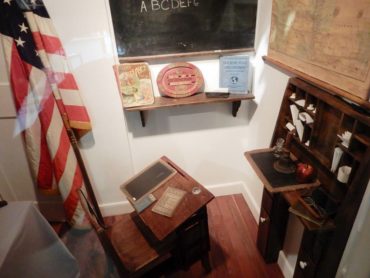
Near the diorama, a glass display case holds a sampling of the museum’s collection of native woven baskets that were used for gathering and preparation of food and other tasks. The museum staff is updating and expanding this exhibit, Buell said.
“We’re working closely with the Suquamish Tribe to make sure everything is authentic and historically accurate,” she said.
The museum has returned some artifacts to the tribe that were deemed sacred.
With the arrival of white settlers, the landscape changed as the newcomers began harvesting the vast forests and clearing land for farming. A display of logging tools — including one of the first chainsaws, a hand-hewn oxen yoke, even a floating bunkhouse that loggers would have used — tells the story of the early logging industry.
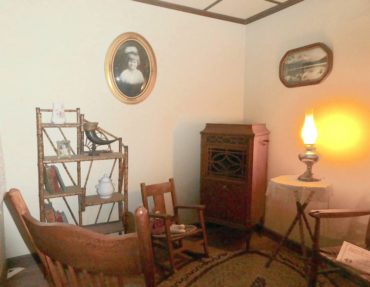
A 1912 logbook from the Port Blakely Mill on Bainbridge Island hints at how ethnically diverse the loggers and millworkers were.
“There were Japanese, Filipino, Finish, Norwegian and African American men working in the woods and the mills,” Curator Jeanine Greco said.
Back then, the mill was the biggest in the world.
The next stops on the museum tour give you a glimpse of pioneer living. Settlers moved onto recently logged land or cleared land themselves for “stump farms.” Most stump farmers raised a few chickens for eggs and meat, and soon egg farming became an important industry, as shown in the museum’s barnyard scene. It wasn’t long until local egg farmers were shipping eggs all over the Puget Sound area. The state’s first agricultural cooperative was established in Silverdale.
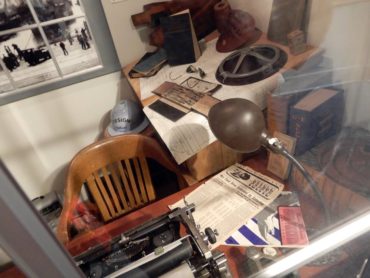
The pioneer kitchen display includes a wood stove, mixing bowls and muffin tins and other cooking implements, and a large copper kettle — likely used for heating water drawn from the family’s well.
As more and more settlers moved to the area, the landscape continued to change and towns were established.
“People wanted to settle down, have comfortable homes and raise families,” Greco said.
The homesteader displays attest to that desire to “settle in.” There’s a cozy living room with furniture arranged as it appeared in an old photograph. In another nod to authenticity, a portrait of the mother of a longtime museum volunteer hangs on the wall.
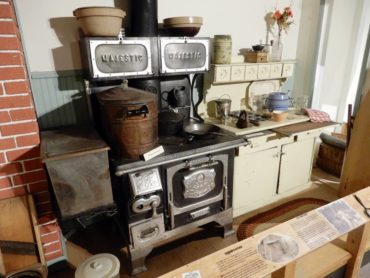
In another room, an upright piano that belonged to the Bucklin family looks as if it’s just waiting for Mrs. Bucklin to sit down and play a tune or two. Above the piano are portraits of Mr. and Mrs. Bucklin. On a nearby wall, there’s a photograph of her with her beloved piano.
Volunteer fire departments kept the towns safe. The museum’s collection of firefighting items includes an 1800s soda-ash fire extinguisher, hoses and nozzles, a fire department logbook from the 1920s and examples of the gear an early firefighter would wear. There’s also a brass pole that the firemen slid down when an alarm sounded. The pole is one of the museum’s special treasures, Buell said.
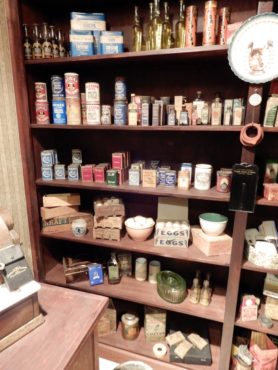
“They’re very rare,” she explained.
War changed Kitsap yet again. Many local lads responded to the call for volunteers. Reminders of those challenging times include several pieces of shrapnel from the attack on Pearl Harbor and the telegram — marked “urgent” — that the shipyard received on Dec. 7, 1941, alerting personnel to the attack. The war section is being moved to another area of the museum to make way for a new exhibit that will emphasize African-American contributions on Kitsap History.
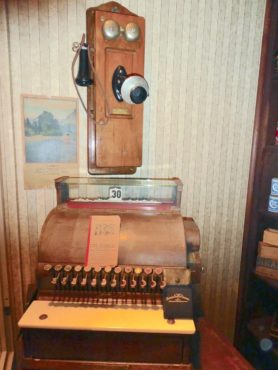
“World War II changed Kitsap County dramatically,” Greco said. “Our African American population grew from seven people to 700 people in just one year.”
The Main Street section of the museum includes more contemporary items such as vintage clothing, birth announcements from the 1940s and ’50s and beauty items like hair rollers, a hand-held hair dryer and advertisements for other beauty products.
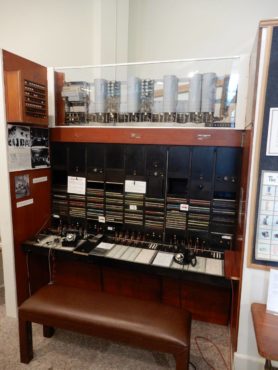
There are also setups of a general store and several offices as they looked way-back-when. There’s a typical shipyard office, a doctor’s office and a re-creation of a corner of Moeller’s jewelry store. There’s also a livery with a hayloft above.
Farther along, a sign from the old Maple Leaf Tavern brings back lots of good memories, Buell said with a smile.
“It was a favorite place for a lot of folks, and lots of people come here just to see it,” she said.
The ongoing challenge for the museum, Buell said, is “telling the whole story of our county and all the groups who’ve made their marks here.”
“Kitsap County has such a fascinating story because of all the different people who came to this place over the centuries,” she said.
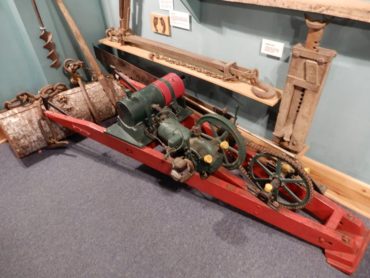
There’s a need to give voice to the diverse cultures that have contributed to that rich history, Greco added. The Japanese-American community and other groups such as the Indipino, Filipino and Guatemalan communities all have important stories to share.
“We want to help share all their stories. It’s not just about logging and the shipyard. There’s so much more than that. And we want to have things that are interesting to the whole family,” Buell said. “We also want to make more of the displays more interactive because we know that our visitors like to be able to touch things.”
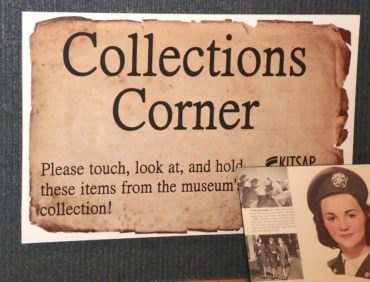
Buell and Greco were quick to acknowledge the important work done by museum volunteers.
“Most of our exhibits were installed or built by volunteers on a very small budget,” Buell said. “But things have stood the test of time.”
They credited Historical Society volunteer Carolyn LaFountaine with doing much of the work to catalog the museum’s collection of artifacts.
“Everything was just listed on paper, and Carolyn has photographed and cataloged nearly everything. She’s a walking database,” Buell said.
Longtime board member George Willock lauded the museum staff and the volunteer crew.
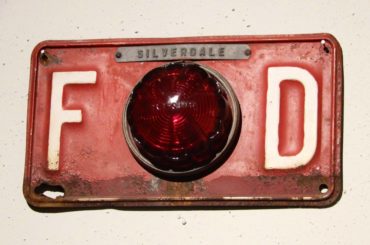
“The dedication, hard work and professionalism of the staff and volunteers is amazing,” Willock said. “As a fourth-generation Kitsaper, I love the history of our county, and the museum does such a great job of bringing it to life. I especially enjoy watching little kids as they go through the museum and get a glimpse of what it was like around here 100 and 200 years ago.”
The museum also hosts special events throughout the year including the Heritage Family Celebration, Eat Your Way through Kitsap History, Milltown Family Christmas and a First Friday lecture series.




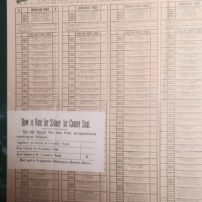
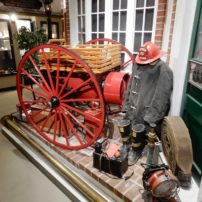
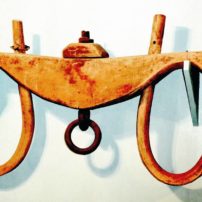
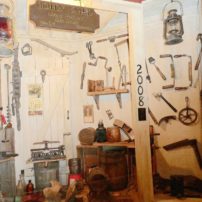
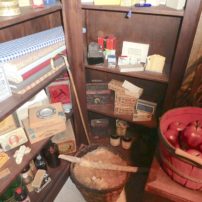
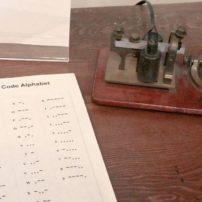
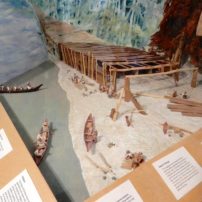
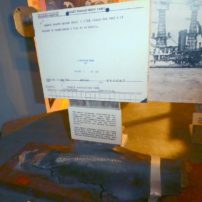
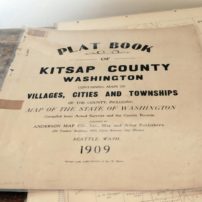
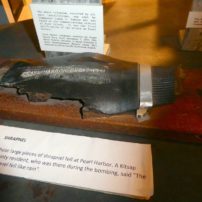
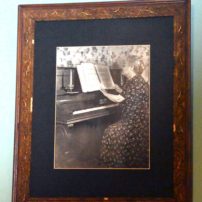
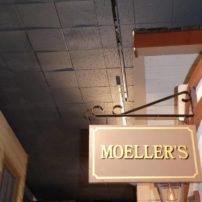
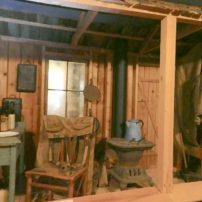
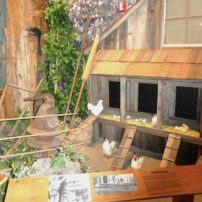
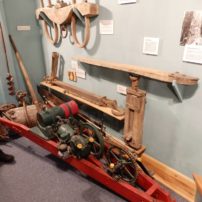
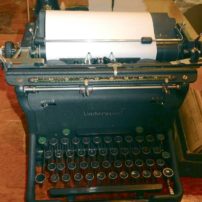
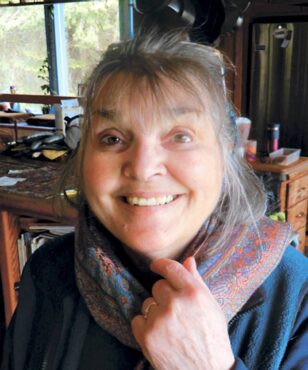
























Comments